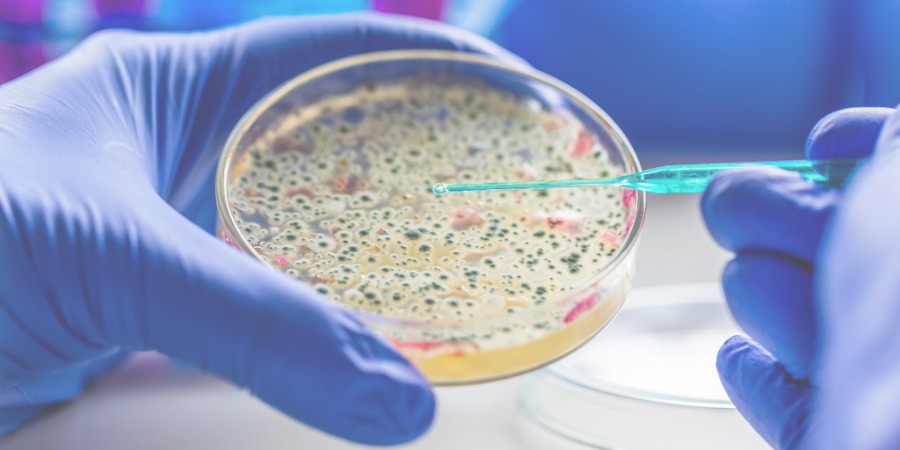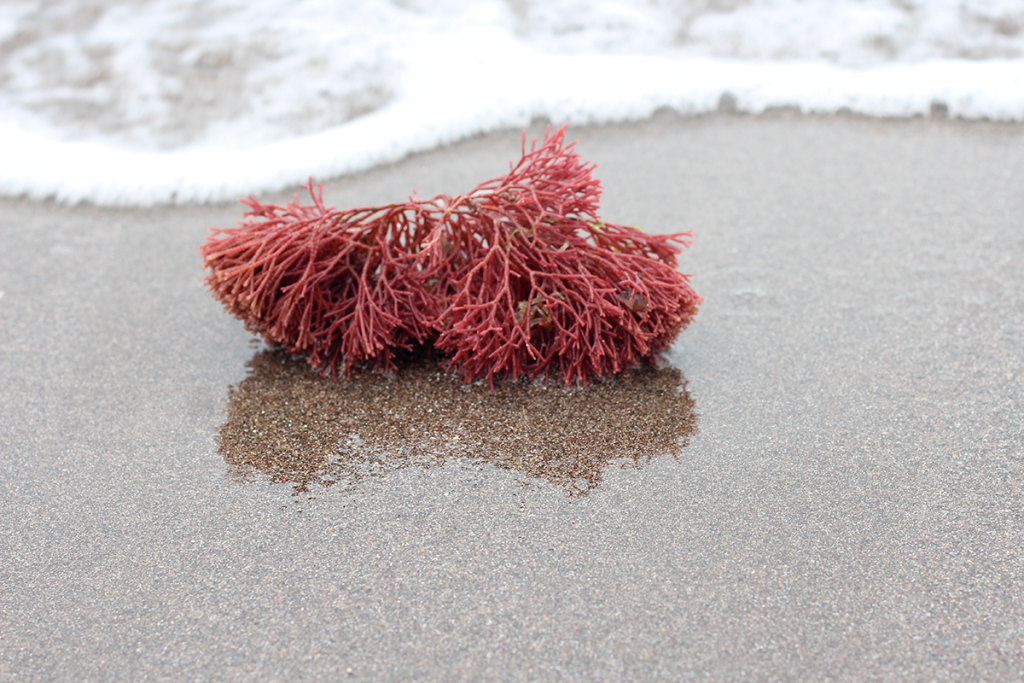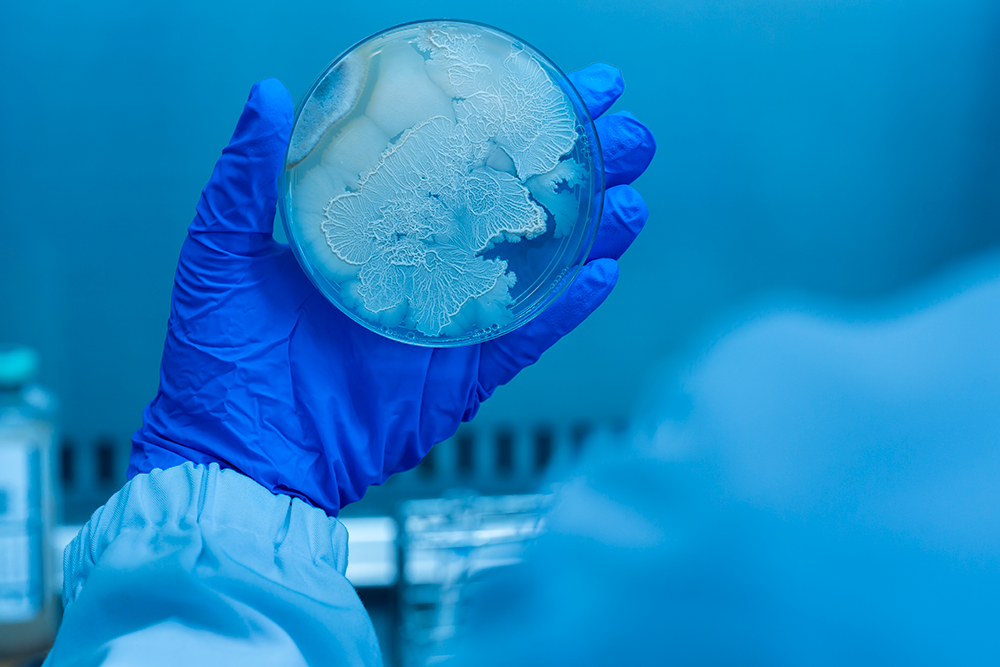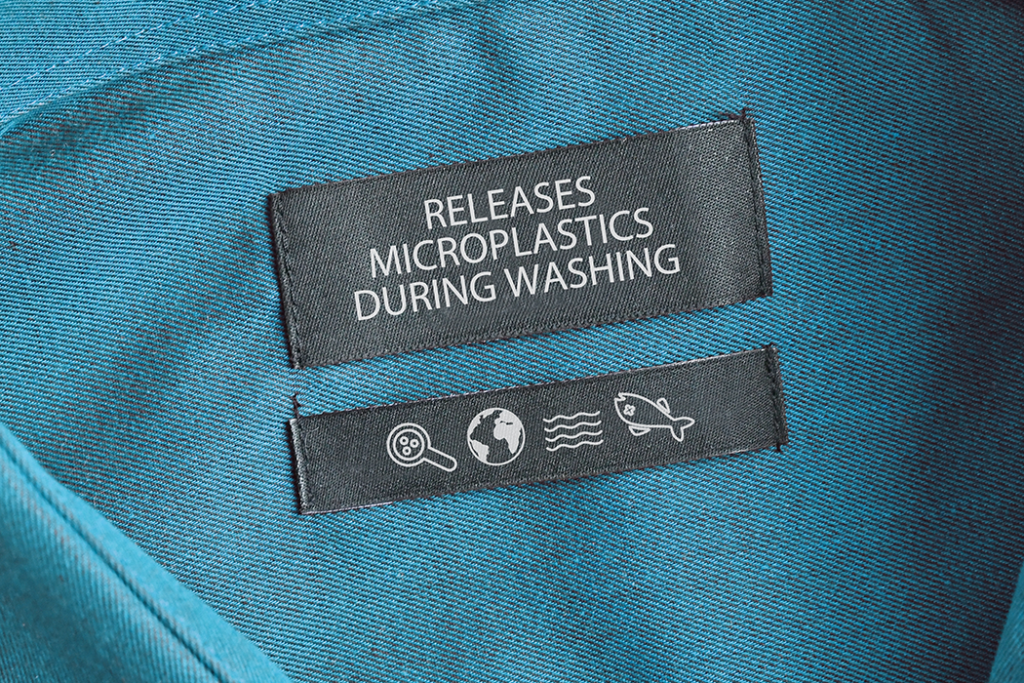
Agar, a natural gelatinous substance derived from red algae, has gained popularity not only as a versatile culinary ingredient but also as a powerful supplement for enhancing gut health. As more people seek plant-based and natural options for improving digestion, agar stands out as an excellent choice.
One of the primary benefits of agar is its high dietary fiber content. It acts as a prebiotic, feeding beneficial gut bacteria and promoting a healthy microbiome. A balanced gut microbiota is essential for proper digestion, nutrient absorption, and immune function. Regular consumption of agar can help alleviate common digestive issues such as bloating, constipation, and irregular bowel movements.
Moreover, agar is low in calories and free from fat, making it an ideal addition to a balanced diet. It is also rich in minerals like calcium and magnesium, which support overall gastrointestinal health and muscle function.
Another advantage of agar is its natural ability to absorb toxins and excess fats within the digestive tract, aiding in detoxification. Its gentle, plant-based nature makes it suitable for vegetarians and vegans, providing a non-animal source of dietary fiber and health benefits.
Incorporating agar into daily meals is simple. It can be used as a thickening agent for soups and desserts, or as a supplement in powdered form. Its versatility makes it an easy way to boost fiber intake and promote gut health naturally.
At Agarmex, we are committed to providing high-quality agar products that support your health and well-being.
Explore the benefits of agar and enjoy a healthier digestive system with this natural, plant-based superfood.














